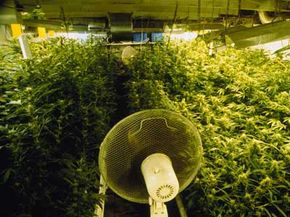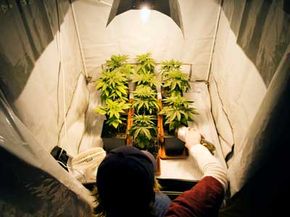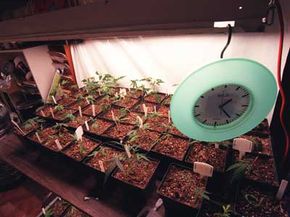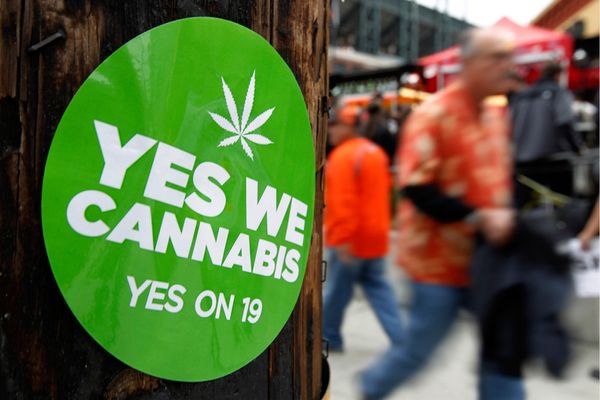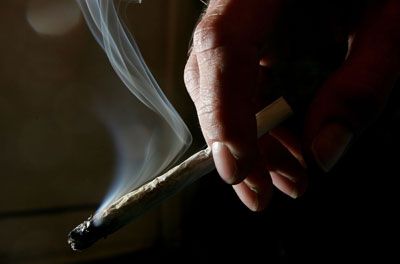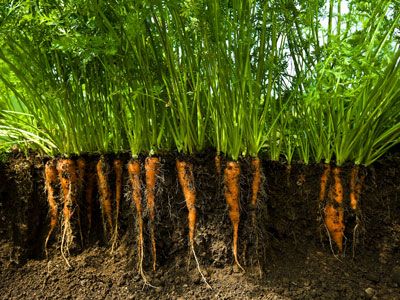Nothing spruces up a house quite like a few potted plants. They freshen the air, brighten your mood and really bring a room together. Plus, if just one of those house plants happens to be a Cannabis sativa, you could wind up with maybe a half-pound (227 grams) of marijuana worth close to $1,000, depending on the going market rate. Avoid going to jail and that's enough to add some serious pizzazz to any living room. But if one plant can generate that kind of cash, why not just fill the whole house with marijuana plants?
Sound like a great idea? Well, pot producers are way ahead of you. Indoor marijuana crops are big business for two key reasons. First, if you're going to grow an illegal cash crop, it's best to do it where police helicopters and passing motorists won't notice. Second, growing marijuana indoors allows you to cultivate stronger pot and more of it. So even in areas where growing marijuana is decriminalized or legal, it often makes more sense to take the operation inside -- often into residential homes.
Advertisement
If you devote a room in your house to cultivating marijuana, you have a grow room. Set aside most of your available indoor space to this investment and -- voila -- you have a grow house. It may sound extreme, but the practice is far from isolated. In fact, in some areas, the statistics are downright staggering. In Humboldt County, Calif., where cultivating medical marijuana enjoys limited legal protection, law enforcement officials estimate up to 1,000 of the 7,500 homes in the community are grow operations [source: Los Angeles Times]. In Vancouver, Canada, the estimate runs as high as one out of every five houses [source: Cannabis Culture].
This may seem like a lot of effort just to grow a few plants, but billions of dollars are wrapped up in the sale of marijuana. Of course, not everyone who grows cannabis is in it strictly for the money. Some growers believe in the health benefits of the herb, while others simply like getting high. But many individuals and criminal organizations set up grow houses because the money is simply too good. As with any contraband item, the unregulated and illegal nature of the product pushes prices through the roof. And to cap things off, the market is huge. In the United States alone, at least 14.8 million people use marijuana -- and an estimated 6,000 people a day try it for the first time [source: NIDA].
In this article, we'll look at what goes into setting up a grow house, who runs them and how law enforcement tries to harsh everyone's mellow.
